
Netherlands opens "temple of art" - Rijksmuseum after ten years
Amsterdam - After ten years of extensive renovation, the gates of one of the most famous art museums in the world will open to the public in Amsterdam on Saturday. The Rijksmuseum, with its rich collections filled with famous works by Dutch masters, has been closed since 2003, and its restoration ultimately took much longer and cost significantly more than originally anticipated. Now, however, it will present itself in a completely new guise to millions of visitors from around the world.
Beginning in early April, curators completed the installation of the collections, and all the artworks are now in their places, including the biggest attraction, Rembrandt's monumental painting The Night Watch. For those who knew the Rijksmuseum in its previous form, the new exhibition will be a surprise. Masterpieces by Johannes Vermeer, Frans Hals, and Jan Steen are presented in new contexts.
"Everything has changed completely. We have over one million collection items, and before we displayed them by type. We had a glass gallery, a porcelain gallery, a painting gallery. Now we have mixed everything up and are showing visitors the story of art from the Middle Ages to the 20th century," said Taco Dibbits, the director of collections at the Rijksmuseum. Right next to the famous canvases, visitors can also see historical furniture and everyday items, and they can more easily gain an understanding of the spirit of the times and the inspiration of well-known creators in the exhibition halls.
However, in addition to the content of the museum, the building itself has also changed. From the outside, everything remains as it was, and the brick palace designed by architect Pierre Cuypers in the 19th century continues to dominate Museumplein. The interior layout, however, is different, and the most noticeable change is the new entrance hall sunken below ground level, which is literally flooded with light thanks to the glass ceiling.
The new hall, however, shows that the renovation was not without passionate debates, controversies, and mistakes. The hall is located below ground level in a city that is crisscrossed by a dense network of canals and is practically built on water. Visitors enter the museum below sea level, raising questions about whether the building and its invaluable collections are adequately protected from flooding.
Nonetheless, troubles have accompanied the renovation from the very beginning and have affected the overall dismal outcome. At the start of the repairs, it was believed that the museum's gates would reopen in five years and that construction work according to the project by Spanish architects Antonio Cruz and Antonio Ortiz would cost 272 million euros (about seven billion CZK). However, after numerous complications, the construction ultimately took twice as long and cost 375 million euros (almost ten billion CZK).
Now, just before Saturday's grand opening, all the problems are forgotten. The Dutch have already purchased around 50,000 tickets in advance, and the ribbon-cutting ceremony, which will be performed by Queen Beatrix, will be watched both on-site and live on television.
With the reopening of the Rijksmuseum, Museumplein will once again become one of the biggest tourist magnets in Amsterdam. Just last autumn, after a nine-year renovation costing 130 million euros (about three billion CZK), the city museum Stedelijk opened here. Then, this May, after a six-month hiatus, visitors will look forward to the reopening of the popular Van Gogh Museum.
Beginning in early April, curators completed the installation of the collections, and all the artworks are now in their places, including the biggest attraction, Rembrandt's monumental painting The Night Watch. For those who knew the Rijksmuseum in its previous form, the new exhibition will be a surprise. Masterpieces by Johannes Vermeer, Frans Hals, and Jan Steen are presented in new contexts.
"Everything has changed completely. We have over one million collection items, and before we displayed them by type. We had a glass gallery, a porcelain gallery, a painting gallery. Now we have mixed everything up and are showing visitors the story of art from the Middle Ages to the 20th century," said Taco Dibbits, the director of collections at the Rijksmuseum. Right next to the famous canvases, visitors can also see historical furniture and everyday items, and they can more easily gain an understanding of the spirit of the times and the inspiration of well-known creators in the exhibition halls.
However, in addition to the content of the museum, the building itself has also changed. From the outside, everything remains as it was, and the brick palace designed by architect Pierre Cuypers in the 19th century continues to dominate Museumplein. The interior layout, however, is different, and the most noticeable change is the new entrance hall sunken below ground level, which is literally flooded with light thanks to the glass ceiling.
The new hall, however, shows that the renovation was not without passionate debates, controversies, and mistakes. The hall is located below ground level in a city that is crisscrossed by a dense network of canals and is practically built on water. Visitors enter the museum below sea level, raising questions about whether the building and its invaluable collections are adequately protected from flooding.
Nonetheless, troubles have accompanied the renovation from the very beginning and have affected the overall dismal outcome. At the start of the repairs, it was believed that the museum's gates would reopen in five years and that construction work according to the project by Spanish architects Antonio Cruz and Antonio Ortiz would cost 272 million euros (about seven billion CZK). However, after numerous complications, the construction ultimately took twice as long and cost 375 million euros (almost ten billion CZK).
Now, just before Saturday's grand opening, all the problems are forgotten. The Dutch have already purchased around 50,000 tickets in advance, and the ribbon-cutting ceremony, which will be performed by Queen Beatrix, will be watched both on-site and live on television.
With the reopening of the Rijksmuseum, Museumplein will once again become one of the biggest tourist magnets in Amsterdam. Just last autumn, after a nine-year renovation costing 130 million euros (about three billion CZK), the city museum Stedelijk opened here. Then, this May, after a six-month hiatus, visitors will look forward to the reopening of the popular Van Gogh Museum.
The English translation is powered by AI tool. Switch to Czech to view the original text source.
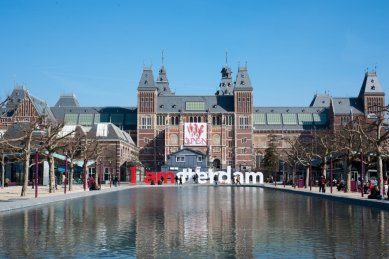

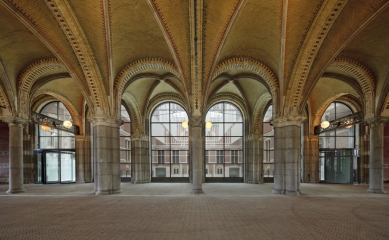
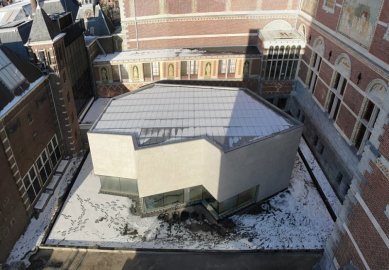
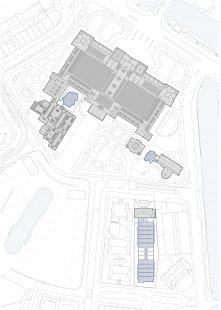
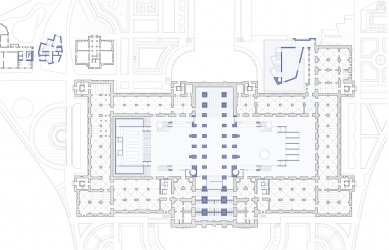
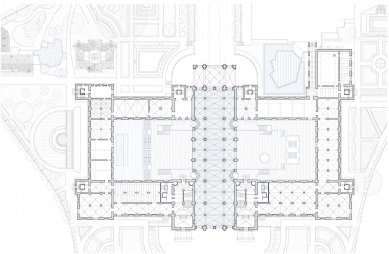
0 comments
add comment







